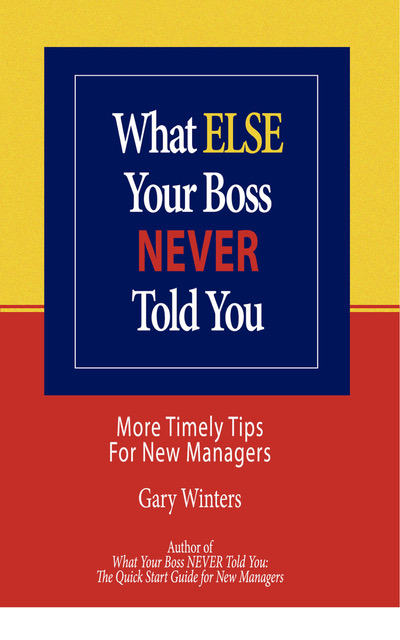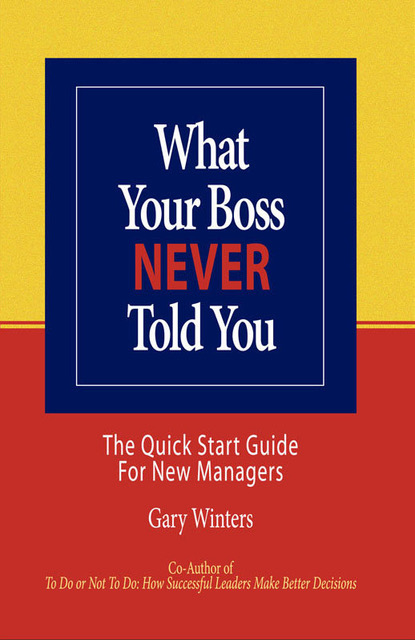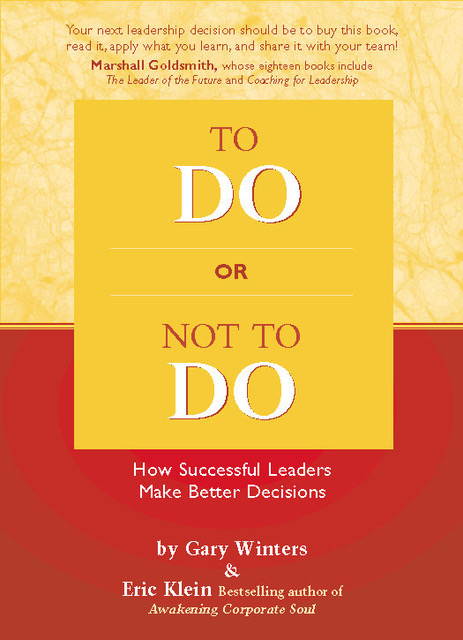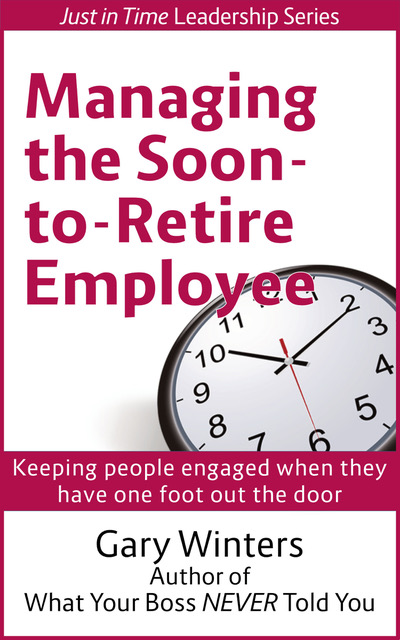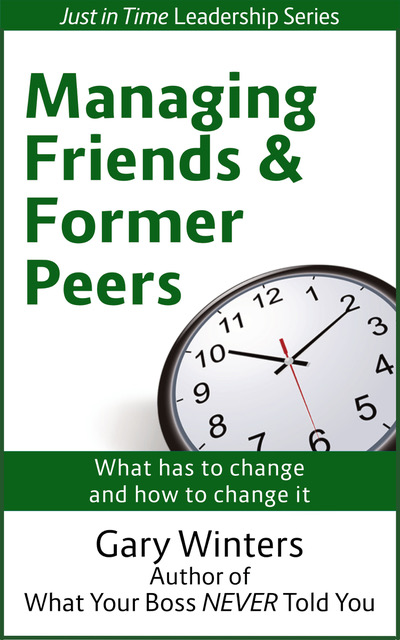Few ideas have swept through organizations in the last couple of decades as pervasively as the notion that they need a mission statement. Senior leaders huddle in offsite conference rooms for hours or even days, wordsmithing something they can bring back to the organization which, they hope, will take their organization to “the next level.” Don’t get me wrong – they’re sincere, they’re committed, and they do work hard crafting a document.
Yet, despite all the time, energy and money spent developing one, most mission statements are a flop.
This is not to argue against mission statements – I happen to believe in them wholeheartedly. Good mission statements are a source of energy – a rallying point, reflecting the beliefs, values and unique competence of the organization. They are an excellent resource when employees must make difficult decisions.It’s just that most of them aren’t worth the paper they’re printed on. They’re too long, they’re a series of meaningless clichés or buzzwords, and they have no heart.
A great mission statement illuminates the critically important thing that we do. It reverberates throughout the corridors of the organization, lifting our hopes, our expectations, and our performance.
Here’s a simple way to determine whether your mission statement has real value. Ask people to tell you what it is. If they hesitate, have to think hard, or or glance at the wall, it’s time to start over.
Laurie Beth Jones says good mission statements pass three tests:
- They are rarely more than a single sentence.
- They can be easily understood by a twelve year old.
- They could be recited by memory at gunpoint.
Does your mission statement pass those tests?
Here are three good examples from very different kinds of organizations I really like:
- Beat Coke (Pepsico)
- Provide world-class HR consulting services and have a life. (12 person consulting firm)
- Create Joyful Community Experiences through People, Parks, and Programs (Parks and Recreation Department, City of Brentwood)
Here’s another test of a good mission statement. When you wake up in the morning, do you get excited because you get to go do what it says? If not, you either have a poor mission statement, or you’re in the wrong line of work.
In future posts, I’ll write more about some classic mistakes leaders make once they’ve created their mission statement. Here’s a teaser – they often believe that once it’s written and distributed, that “project” is over.
Gotta tell you – it’s only just begun!
I’d love to hear examples of great mission statements, or, for that matter, the ones which fail to pass muster. If you share one of those, you can leave out the name of the organization. They’re already suffering enough.

